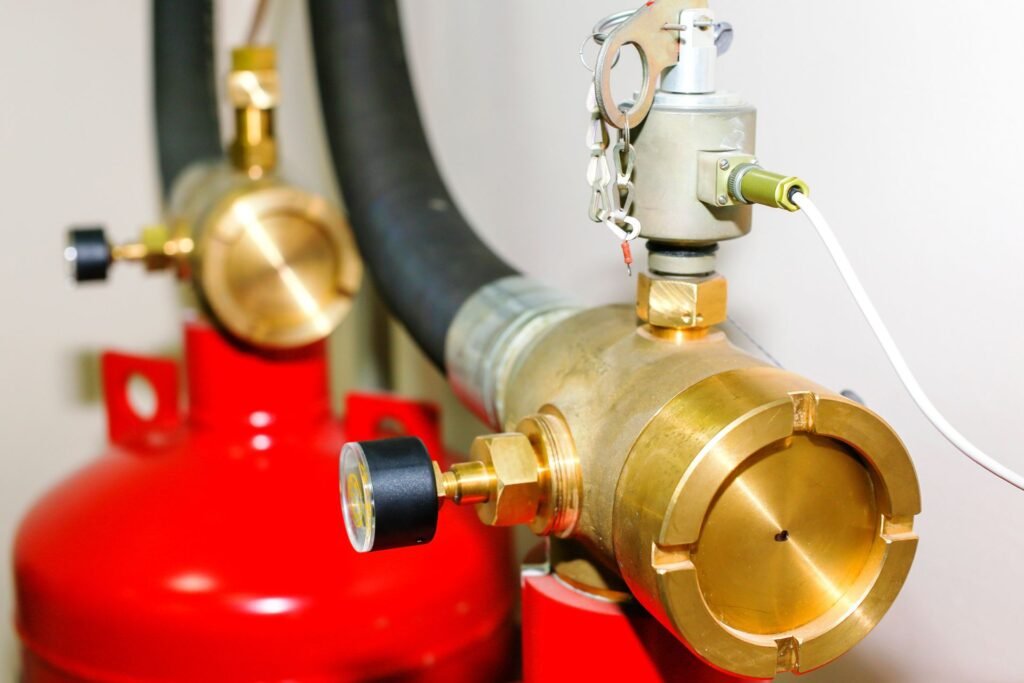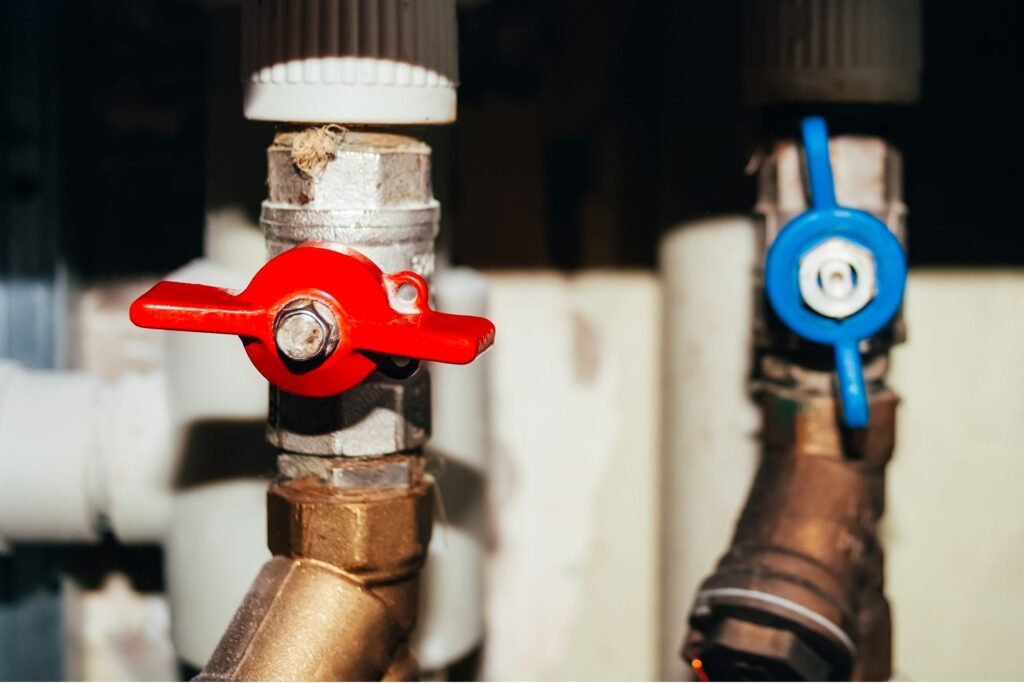Ultimate Guide To How Does A Hot Water Cylinder Work
Welcome to our comprehensive guide on understanding how hot water cylinders work, a crucial component in the daily comfort and efficiency of your home. Whether you’re curious about the magic behind your warm showers or considering an upgrade to your home’s heating system, you’ve come to the right place. In this post, we’ll dive deep into the workings of hot water cylinders, exploring everything from the basic principles that allow them to function to the different types available, and how to choose, maintain, and troubleshoot your system. Our aim is not only to shed light on these essential household devices but also to empower you with the knowledge to make informed decisions about your home’s heating needs, ensuring you enjoy consistent, efficient hot water usage without a hitch.
A hot water cylinder is a key component of a home’s heating system, storing and heating water for use in showers, taps, and appliances. It operates by either directly heating the water via an electric element or indirectly through a central heating boiler, ensuring a constant supply of hot water. Vented cylinders rely on gravity and a vent pipe for pressure, while unvented cylinders are sealed, using pressure from the mains water supply. Regular maintenance and understanding of the system’s operation can improve efficiency and prolong the lifespan of the cylinder.
- Understanding Hot Water Cylinders
- How Hot Water Cylinders Work
- Choosing The Right Hot Water Cylinder
- Maintenance And Troubleshooting
- Enhancing Your Hot Water System’s Efficiency
- Legal And Safety Considerations
- FAQs: About How Does A Hot Water Cylinder Work
- Conclusion
- Contact Our Auckland Shower Installation Specialists Now
Understanding Hot Water Cylinders
In the quest to make your home as comfortable and efficient as possible, understanding the key elements of your heating system is essential. Among these, the hot water cylinder stands out as a crucial component, ensuring you have hot water whenever you need it. In this guide, we’ll dive into what a hot water cylinder is, the different types available, and the essential components that make it work.
What Is a Hot Water Cylinder?
A hot water cylinder is a vital part of most home heating systems, designed to store and heat water. It’s essentially a tank that holds water to be heated, either by direct means such as immersion heaters within the cylinder itself or indirectly via external boilers and renewable energy sources. This heated water is then distributed throughout your home, ready for use in baths, showers, and sinks. Understanding how your hot water cylinder works can help you make informed decisions about energy consumption and efficiency in your home.
Types of Hot Water Cylinders
Hot water cylinders come in various types, each with its own set of benefits and operational modes. The main categories are vented and unvented systems, which differ significantly in terms of installation, pressure, and maintenance requirements.
Vented Systems: These are the more traditional types of hot water cylinders, which require a cold water tank (usually located in the loft) to supply water to the cylinder by gravity. Vented systems are generally cheaper to install and maintain but may not provide as strong water pressure as unvented systems.
Unvented Systems: Unlike vented systems, unvented cylinders don’t require a cold water tank and instead are connected directly to the mains water supply. This setup provides higher pressure and consistent water flow, making it a popular choice for modern homes. Unvented cylinders are more complex to install and require adherence to strict safety measures.
For further context, it’s also worth mentioning direct and indirect cylinders. Direct cylinders heat water internally with their electrical heating elements, while indirect cylinders are heated via external sources, such as a boiler or solar thermal systems.
Components of a Hot Water Cylinder
Understanding the components of your hot water cylinder can demystify how your hot water system works and help you identify any potential issues. Here are some key parts:
Thermostat: This component regulates the temperature of the water in the cylinder, ensuring it is heated to a safe and comfortable level.
Heating Element: Found indirect hot water cylinders, the heating element is like a large immersion heater, responsible for heating the water within the tank.
Pressure Relief Valves: These safety features are crucial in unvented systems, releasing water in case the pressure within the cylinder becomes too high, thus preventing potential damage or injury.
In summary, whether you’re moving into a new home or looking to upgrade your current heating system, understanding your hot water cylinder is a great place to start. Knowing the differences between vented and unvented systems, as well as the key components that keep your hot water flowing, can help you make informed decisions for a more efficient and comfortable home. With this knowledge, you’re well on your way to optimizing your home’s heating system, ensuring you always have access to hot water when you need it most.
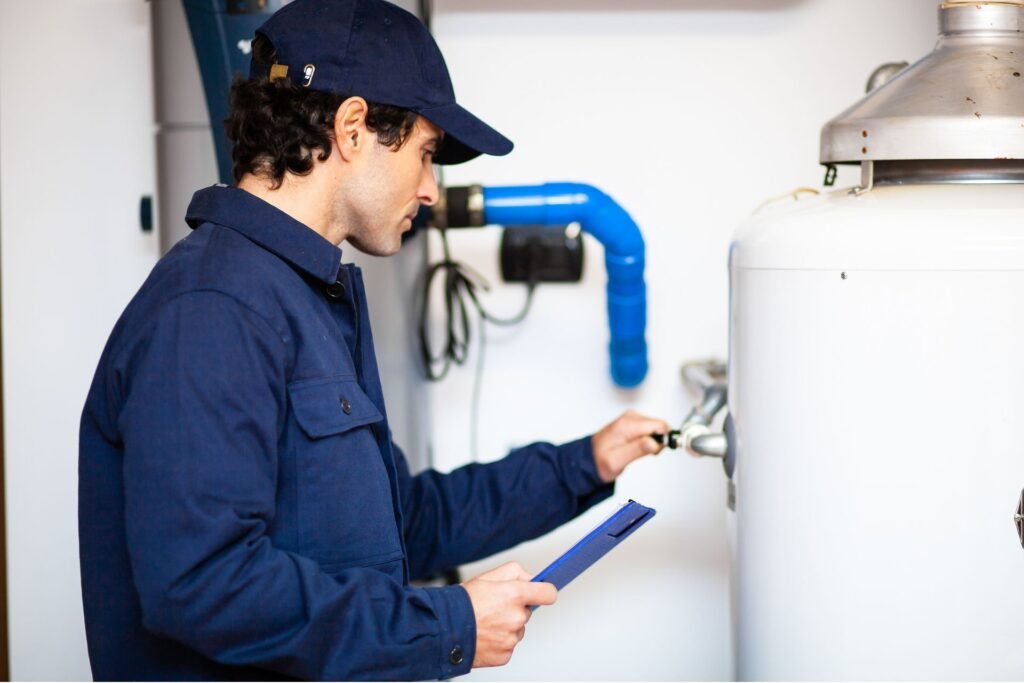
How Hot Water Cylinders Work
The journey of cold water transforming into hot water within cylinders is fascinating and involves a series of well-coordinated steps, whether the system is electrically heated or boiler-fed. In electric systems, the process begins when electricity heats an element inside the cylinder, transferring heat to the water. This method is direct and efficient, making it a popular choice in many households.
Boiler-fed systems, on the other hand, circulate hot water from a boiler through a coil within the cylinder, indirectly heating the stored water. The heat exchange between the coil carrying the boiler-heated water and the water within the cylinder ensures a consistent supply of hot water. This dual-function system not only heats water but also contributes to heating the home, representing an integrated approach to managing warmth.
Temperature Regulation in Hot Water Cylinders
Safety and comfort go hand in hand when it comes to water temperature. That’s where thermostats come into play. Embedded within the cylinder, thermostats monitor the water temperature closely, activating the heating element or the boiler circulation as needed to maintain the set temperature. This automatic regulation ensures that the water is neither too hot, posing a risk of scalding, nor too cold, leading to discomfort. Moreover, advanced systems incorporate safety mechanisms to prevent overheating, making them an essential component in maintaining both efficiency and safety.
Maintaining Pressure in Hot Water Systems
The distinction between vented and unvented hot water systems is primarily found in how they manage pressure. Vented systems, the more traditional option, rely on gravity and a vent pipe to balance pressure and allow excess air to escape. They typically require a cold water tank, often situated in the loft, to supply water to the cylinder below by gravity.
Unvented systems, however, work under pressure supplied directly from the mains, eliminating the need for a cold water tank. This direct approach allows for higher pressure in the hot water taps, improving the performance of showers and baths. Safety features, such as pressure relief valves, are vital in these systems to manage the increased pressure and ensure the system’s integrity.
The Role of Insulation in Hot Water Cylinders
Efficiency is not just about how water is heated but also about how well the heat is retained. Insulation plays a critical role here. Modern hot water cylinders are equipped with high-quality insulation that minimizes heat loss, keeping the water hot for longer periods. This not only conserves energy but also reduces the frequency of heating cycles, thereby extending the system’s lifespan and reducing energy bills. The effectiveness of insulation in maintaining the desired temperature without constant reheating is a testament to its importance in the design of hot water systems.
In conclusion, understanding how hot water cylinders work provides insight into the intricate balance of physics, engineering, and safety considerations that go into providing hot water in our homes. From the initial heating process to the sophisticated mechanisms of temperature regulation, pressure maintenance, and the critical role of insulation, each component plays a pivotal role in ensuring the system’s efficiency and safety. By demystifying these processes, homeowners can better appreciate the technology that makes modern living comfortable and sustainable.
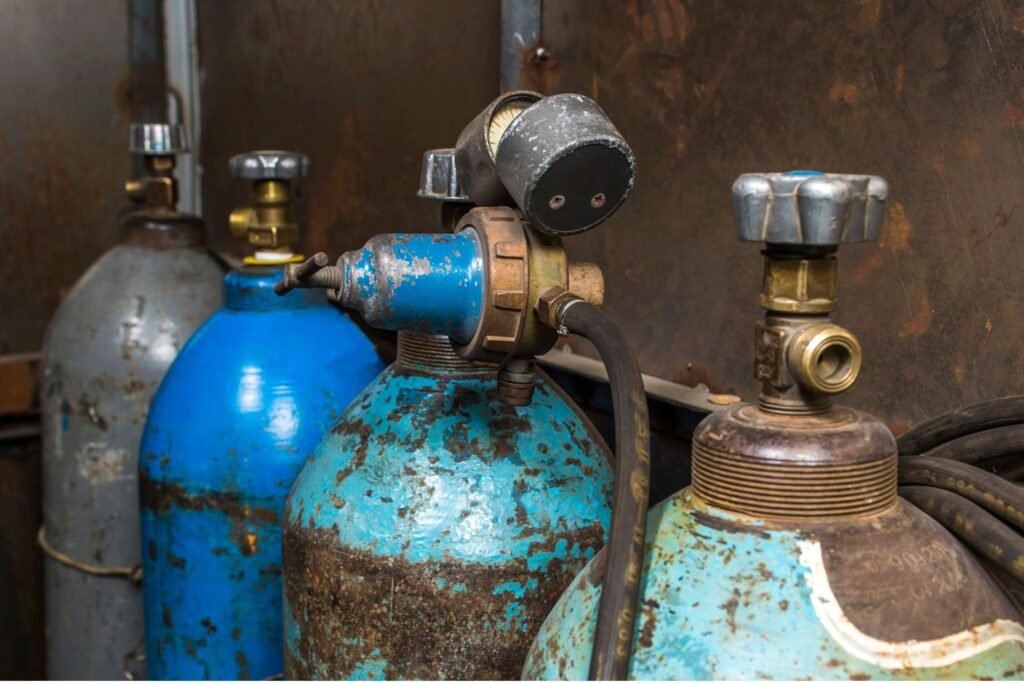
Choosing The Right Hot Water Cylinder
When it comes to selecting the perfect hot water cylinder for your home, diving into the myriad of options available can seem daunting at first. However, understanding the key factors to consider and weighing the pros and cons of different types can significantly simplify this process. In this section, we delve into these essential aspects to guide you through making an informed decision that best suits your household’s needs.
Factors to Consider
Size and Capacity
One of the initial considerations should be the size and capacity of the hot water cylinder. This is crucial because it directly impacts the amount of hot water that can be stored and used before needing to heat up again. The right size for your household hinges on several factors, including the number of occupants, your daily water usage habits, and peak usage times. A cylinder that’s too small will run out of hot water quickly, whereas one that’s too large may lead to unnecessary energy expenditure.
Household Needs
Closely related to size and capacity are your specific household needs. Consider how many bathrooms and kitchens need a hot water supply, along with any appliances that require hot water, such as dishwashers and washing machines. Assessing these needs upfront will help you choose a cylinder that can meet demand without overstretching its capacity.
Energy Efficiency
In today’s world, energy efficiency is not just a buzzword but a crucial factor in selecting home appliances. Choosing an energy-efficient hot water cylinder can lead to significant savings on your energy bills and reduce your carbon footprint. Look for cylinders with good insulation and those that are rated highly for energy efficiency. Additionally, consider the type of heating – be it electric, gas, solar, or heat pump – as each has its own efficiency profile and suitability depending on your local climate and energy availability.
Pros and Cons of Different Types
Electric Hot Water Cylinders
Pros: Electric cylinders are widely available and can be cheaper to install. They’re suitable for homes without a gas supply.
Cons: They often have higher running costs compared to other types and can be less energy efficient, especially if not paired with a renewable energy source.
Gas Hot Water Cylinders
Pros: Gas cylinders can be more economical to run if you have access to natural gas. They also heat water quickly.
Cons: Installation can be more complex and expensive. They require venting for safety and are not as environmentally friendly as renewable options.
Solar Hot Water Systems
Pros: Solar systems are highly energy-efficient and can significantly reduce your energy bills and carbon footprint.
Cons: The initial setup cost can be high, and efficiency drops on cloudy days or at night, requiring a backup system.
Heat Pump Water Heaters
Pros: Extremely energy-efficient, using ambient air temperature to heat water, which can significantly lower running costs.
Cons: Higher initial cost and may not perform as well in very cold climates without an integrated heating element.
In conclusion, choosing the right hot water cylinder involves careful consideration of your household’s size, needs, and energy efficiency priorities. By understanding the advantages and limitations of each type of cylinder, you can select a system that provides ample hot water in the most cost-effective and environmentally friendly manner possible. Remember, investing time in research and possibly consulting with professionals can lead to substantial benefits in terms of both comfort and savings in the long run.
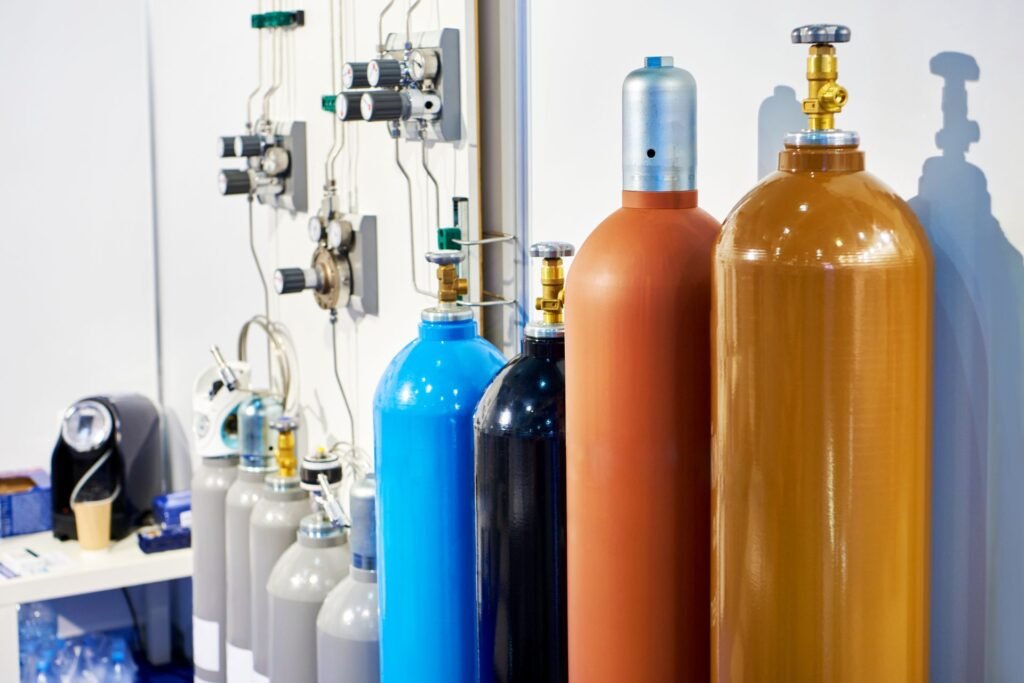
Maintenance And Troubleshooting
A hot water cylinder is a vital component of your home’s heating system, providing you with hot water whenever you need it. Like any other household appliance, it requires regular maintenance to run efficiently and effectively. In this guide, we’ll walk you through the essentials of maintaining your hot water cylinder, troubleshooting common issues, and understanding when it’s time to call in a professional. This information is aimed at helping homeowners keep their systems in top condition, avoiding unnecessary breakdowns, and ensuring a continuous supply of hot water.
Routine Maintenance Tips
Regular maintenance is key to the longevity and efficiency of your hot water cylinder. Here are practical tips to ensure your system runs smoothly:
1. Inspection and Cleaning: Annually inspect your hot water cylinder for any signs of wear and tear, corrosion, or leakage. Cleaning the surrounding area and removing any debris can also prevent potential problems.
2. Temperature and Pressure Relief Valve Check: This valve is crucial for your safety, releasing pressure if it gets too high. Test it every six months by lifting the lever and making sure water flows freely and stops when you release the lever.
3. Anode Rod Replacement: The anode rod protects your tank from corrosion. Check it every three to five years and replace it if more than 6 inches of the core wire is visible or the rod is heavily coated with calcium.
4. Insulate Your Cylinder: Proper insulation can reduce heat loss, ensuring that your water stays hot longer and reduces energy costs. Check the insulation regularly and replace it if it’s worn out.
Common Issues and Fixes
Even with regular maintenance, hot water cylinders can run into problems. Here are some common issues and how to fix them:
Leaks: Check for leaks around fittings and connections. Tightening or replacing the fittings can often resolve the issue. If the tank itself is leaking, it’s time for a replacement.
Noises: Popping or rumbling noises can be caused by sediment buildup. Flushing the tank can remove sediment and reduce noise.
Temperature Inconsistencies: If your water is too hot or not hot enough, check the thermostat setting. It should be set between 120°F and 140°F for optimal performance. If adjusting the thermostat doesn’t help, the element or thermostat may need replacing.
When to Call a Professional
Some issues require professional intervention. Here’s when you should consider calling a certified technician:
Complex Repairs: If you’re unsure about a repair or if a DIY fix doesn’t solve the problem, it’s safer to call a professional. This includes replacing internal components like heating elements or the thermostat.
Installation and Replacement: Installing or replacing a hot water cylinder involves dealing with electrical and plumbing systems. To ensure safety and compliance with local codes, these tasks should be handled by a professional.
Annual Servicing: Even if you’re diligent with maintenance, having a professional service your hot water cylinder annually can help identify potential issues before they become serious problems.
Maintaining your hot water cylinder doesn’t have to be daunting. With regular care, you can extend the life of your unit, enjoy consistent hot water, and avoid unexpected repairs. Remember, when in doubt, it’s always best to consult with a professional to ensure your home’s hot water system remains in peak condition.
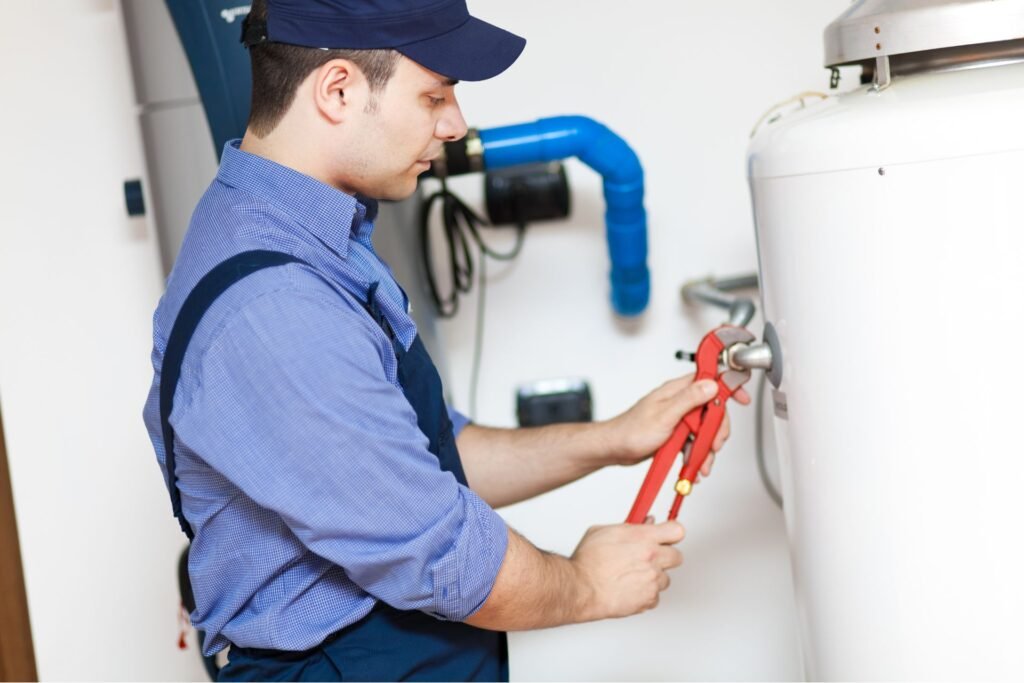
Enhancing Your Hot Water System’s Efficiency
In today’s environmentally conscious world, enhancing the efficiency of your hot water system is not just about saving money on your utility bills; it’s about contributing to a sustainable future. This guide delves into practical ways to reduce your energy consumption without compromising on comfort, as well as exploring the latest upgrades and innovations in hot water systems. Whether you’re a homeowner, a renter, or a property manager, these insights will help you make informed decisions to boost your system’s performance and eco-friendliness.
Energy-Saving Tips
Optimizing your hot water system for better energy efficiency doesn’t have to be complex or inconvenient. Simple, actionable adjustments can lead to significant savings. Here’s how:
1. Lower the Thermostat: Adjusting your water heater’s thermostat to a slightly lower setting can reduce energy consumption while still providing comfortable hot water for your needs.
2. Insulate Tanks and Pipes: Insulating your hot water tank and pipes reduces heat loss, meaning less energy is required to maintain water temperature. This is a cost-effective measure that pays off in the long run.
3. Regular Maintenance: Routine checks and maintenance of your hot water system can prevent inefficiencies and extend the system’s lifespan. This includes flushing out sediment build-up, which can hamper performance.
4. Install Low-Flow Fixtures: Low-flow showerheads and faucets can significantly reduce hot water usage without sacrificing pressure or your overall experience.
5. Timers and Smart Controllers: For electric water heaters, installing timers or smart controllers can ensure that the system is only active when necessary, avoiding unnecessary energy expenditure.
Upgrades and Innovations
Beyond everyday tips and tweaks, technological advancements offer promising ways to enhance your hot water system’s efficiency. Let’s explore some of the cutting-edge options:
Solar Hot Water Cylinders: Harnessing the power of the sun, solar hot water systems are a sustainable alternative to traditional heaters. These systems use solar panels to collect and convert sunlight into heat, transferring it to your water supply. Not only do they significantly reduce reliance on fossil fuels, but they can also offer substantial savings over time.
Heat Pump Water Heaters: Another innovative solution, heat pump water heaters work by extracting heat from the air or ground to heat water, using significantly less electricity than conventional electric water heaters. They’re especially effective in temperate climates.
Tankless Water Heaters: Also known as on-demand water heaters, these systems heat water directly without the use of a storage tank. They’re more energy-efficient than traditional tank models, as they eliminate the need to maintain a hot water reserve.
Smart Water Heaters: With the advent of smart home technology, smart water heaters offer unprecedented control over your hot water usage. These systems can learn your habits and adjust heating schedules accordingly, ensuring hot water is available when you need it and conserving energy when you don’t.
By implementing these energy-saving tips and considering upgrades to more efficient systems, you can significantly reduce your carbon footprint and enjoy savings on your energy bills. Embracing these changes not only benefits you financially but also plays a part in the global movement towards sustainable living.

Legal And Safety Considerations
When embarking on any home installation project, whether it’s adding a new room, upgrading your HVAC system, or installing solar panels, it’s crucial to understand the legal and safety considerations involved. This guide aims to demystify, ensuring homeowners are well-informed about building regulations, compliance, and safety precautions necessary for a smooth and secure project execution.
Building Regulations and Compliance: Navigating the Legal Landscape
Before you dive into your project, it’s essential to familiarize yourself with the relevant laws and standards governing installations and operations within your home. This is not just about ensuring your project is up to code; it’s about safeguarding your investment and ensuring your home’s safety and compliance with local, state, and national regulations.
Local Building Codes: Every locality has its own set of building codes that dictate the requirements for construction, electrical wiring, plumbing, and more. These codes are designed to ensure that all work done is safe, sustainable, and structurally sound. Before beginning any project, check with your local building department to understand the specific codes and permits required for your installation.
State and National Standards: In addition to local codes, there are state and national standards that may apply to your project. These often include electrical codes, plumbing codes, and energy efficiency standards. Familiarizing yourself with these can help ensure your project not only meets local requirements but also aligns with broader safety and quality standards.
Permits and Inspections: Obtaining the necessary permits before starting your project is a legal requirement in most areas. These permits allow local authorities to review your plans and ensure they comply with local codes. Additionally, inspections during and after your project can verify that the work meets the required standards and is safely executed.
Safety Precautions: Protecting Yourself and Your Home
Beyond legal compliance, focusing on safety precautions is paramount for any home installation project. Here are essential safety tips for homeowners:
Professional Guidance: For complex projects, consider hiring a professional who understands the intricacies of the legal and safety requirements. They can help navigate permits, conduct safe installations, and ensure compliance, saving you time and potential legal headaches.
Personal Protective Equipment (PPE): Always use appropriate PPE when working on a project. This can include safety goggles, gloves, hard hats, and other equipment designed to protect you from injury.
Electrical Safety: Working with electricity requires caution. Ensure the power is turned off at the main breaker before starting any electrical work and consider hiring a certified electrician for installations or repairs.
Follow Manufacturer Instructions: Whether installing a new appliance or upgrading your home’s systems, closely follow the manufacturer’s instructions. This not only ensures the safety and efficiency of your installation but also protects your warranty.
Regular Maintenance: After completing your project, regular maintenance is crucial to ensure ongoing safety and performance. This includes routine checks, cleanings, and repairs as necessary.
In conclusion, understanding and adhering to the legal and safety considerations outlined in this section are vital steps in any home installation project. By familiarizing yourself with local building codes, obtaining necessary permits, and prioritizing safety precautions, you can ensure that your project is not only compliant but also safe and successful. Remember, when in doubt, consulting with professionals can provide peace of mind and ensure that all aspects of your project meet the highest standards.

FAQs: About How Does A Hot Water Cylinder Work
Conclusion
In wrapping up our discussion, it’s pivotal to underscore the significance of grasping the intricacies of how hot water cylinders function. This knowledge isn’t just about ensuring that you have access to hot water when you need it; it’s also about aligning with your household’s unique demands and driving efficiency across the board. Whether you’re on the cusp of selecting a new system, pondering over maintenance, or considering an upgrade, taking a moment to evaluate how your hot water system aligns with your living situation can lead to significant savings and environmental benefits. We strongly encourage reaching out to a seasoned professional who can provide a tailored assessment and share insights on how to fine-tune your hot water system for optimal performance. By doing so, you not only secure a reliable source of hot water but also invest in the longevity and sustainability of your system.
Contact Our Auckland Shower Installation Specialists Now
About the Author:
Mike Veail is a recognized digital marketing expert with over 6 years of experience in helping tradespeople and small businesses thrive online. A former quantity surveyor, Mike combines deep industry knowledge with hands-on expertise in SEO and Google Ads. His marketing strategies are tailored to the specific needs of the trades sector, helping businesses increase visibility and generate more leads through proven, ethical methods.
Mike has successfully partnered with numerous companies, establishing a track record of delivering measurable results. His work has been featured across various platforms that showcase his expertise in lead generation and online marketing for the trades sector.
Learn more about Mike's experience and services at https://theleadguy.online or follow him on social media:

